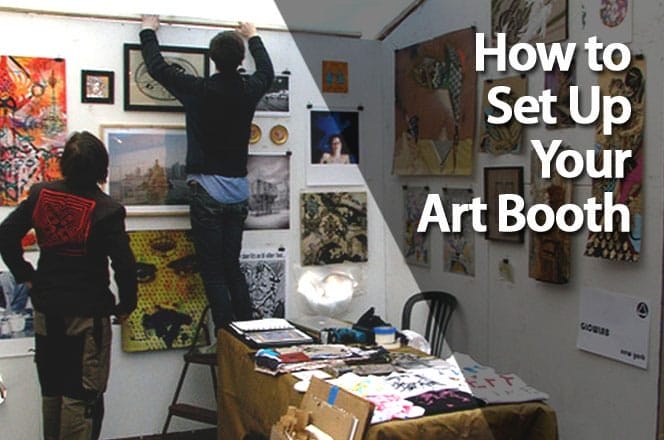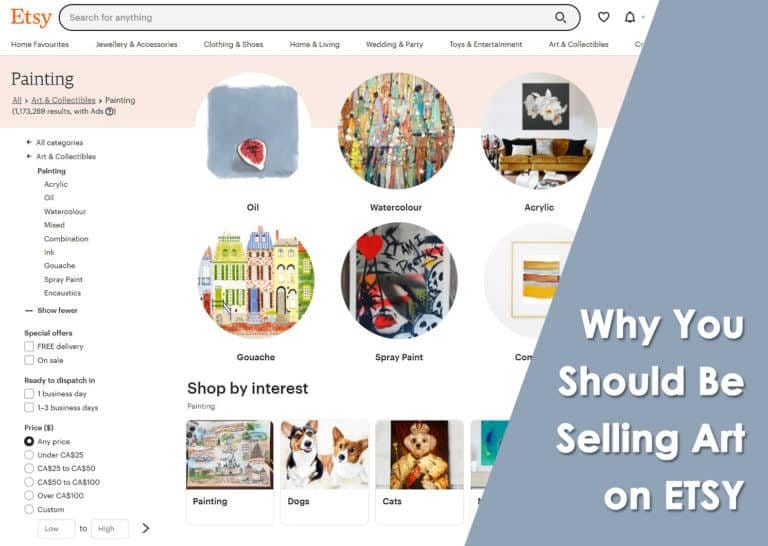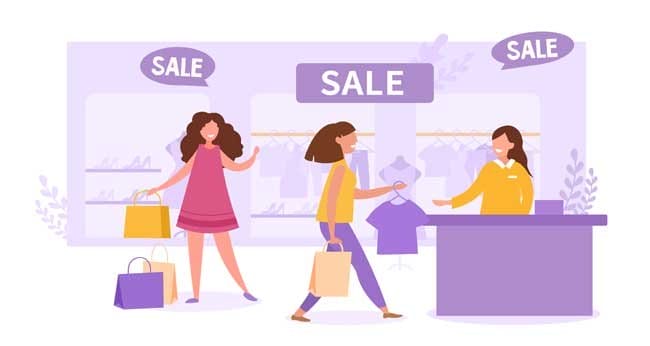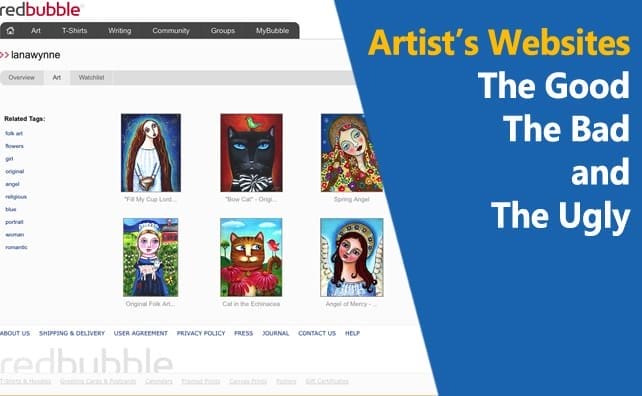You step into your art studio, surrounded by your creations. Have you ever considered this space as not just a place for creating, but also for selling your art? Selling from your own art studio can offer a multitude of benefits.
Why Selling Art from Your Studio is a Great Idea
For one, it allows you to connect directly with your audience. When you invite potential buyers into your studio, they don’t just see the final product. They see where and how the magic happens. They get a glimpse into your process, your inspiration, and the story behind each piece. This can create a deeper connection to the artwork and increase its perceived value.

Secondly, selling from your studio gives you complete control over the selling process. You can set your own prices without having to factor in gallery commissions. You can choose which pieces to display and how to present them. It’s your space, your rules.
In addition, selling from your studio eliminates the middleman. Art galleries often take a significant percentage of the sale price, which can eat into your profits.
By selling directly, you keep the entirety of the sale, providing you with more financial freedom and the ability to reinvest in your art.
But it’s not just about the money. When you sell from your studio, you build relationships. You meet the people who appreciate your art and hear their feedback firsthand. This can offer a great deal of personal and artistic satisfaction, and it can help you understand your audience better.
Here are seven top tips to help you successfully sell your art from your studio.
1. Curate Your Studio Space
Your studio is not only a space for creation, but also a showcase for your work. Make it inviting, accessible, and visually appealing.
Display your art professionally, ensuring each piece is well-lit and positioned to catch the eye. Consider the visitor’s journey from the moment they step into your studio. Your space should echo your artistic personality and make potential buyers feel welcomed and engaged.
2. Host Open Studio Events
Open studio events are a fantastic way to invite the public to interact with your art. These can range from small, intimate gatherings to larger, public events.
Coordinate with local art festivals or community events to maximize footfall. Regularly hosting such events not only generates potential sales but also helps build a community around your work, leading to word-of-mouth referrals.
3. Develop a Strong Online Presence
In the digital age, your online presence is just as important as your physical one. Develop a professional, user-friendly website showcasing your portfolio. It should also provide information about your studio’s location, visiting hours, and upcoming events.
Utilize social media platforms to engage with your audience, share updates about your work, and promote your studio events. Remember, your online platform is an extension of your studio space, and it should reflect the same care and attention to detail.
Using relevant hashtags can help to increase the visibility of your posts. Research popular art-related hashtags, as well as local hashtags for your city or community. This can help you to reach a broader audience, including potential local buyers.
4. Price Your Artwork Appropriately
Pricing your artwork can be one of the most challenging aspects of selling art. It’s essential to strike a balance that reflects the quality of your work while also being attractive to potential buyers.
Consider factors like the cost of materials, the time and effort involved, the size of the artwork, and your reputation as an artist. Research prices for similar artworks in your market to ensure your pricing is competitive.
5. Offer a Variety of Artworks
To appeal to a broad range of potential buyers, consider offering a variety of artworks. This could include smaller prints, larger original pieces, or even merchandise like Jigsaw Puzzles or postcards featuring your art.
Having a range of price points makes your art accessible to a wider audience and can encourage sales from those who might not be able to afford more expensive pieces.
6. Network and Build Relationships
Building relationships is crucial for success in selling art from your studio. Attend local art events, exhibitions, and art fairs to meet potential buyers and other artists.
Engage with visitors during open studio events, and follow up with them afterwards. Personal connections can lead to repeat buyers and word-of-mouth referrals, both of which can significantly boost your sales.
7. Share Your Story
One of the unique aspects of selling art from your studio is the opportunity to share your artistic journey. Take the time to share the inspiration, process, and stories behind your artwork.
This personal connection can increase the perceived value of your art and make the buying experience more meaningful for your customers. Remember, people aren’t just buying a piece of art—they’re buying a piece of your story.
Bonus Tip: Collaborate with Other Artists
Consider partnering with other local artists for joint studio events or exhibitions. Not only does this provide an opportunity to showcase a wider variety of artwork, it also helps to attract a larger audience as each artist brings in their unique set of followers and buyers.
Collaboration can also foster a sense of community and mutual support among local artists, which can be beneficial in numerous ways. Remember, the art world doesn’t have to be competitive – there’s plenty of room for everyone to succeed.
Selling Art on the Street – What Every Artist Needs to Know?
When engaging in street art sales, artists need to be aware of the legal considerations surrounding this endeavor. Familiarizing oneself with local regulations, obtaining necessary permits, and respecting private property rights are crucial steps to ensure a smooth and lawful process. By utilizing our street art sales guide, artists can navigate the legal aspects and maximize their success while selling their art on the street.
Wrapping Up: The Power of Selling Art From Your Studio
Selling art directly from your studio presents a unique opportunity to take full control of your art business. It allows you to showcase your artwork in its natural environment, giving potential buyers an intimate glimpse into your creative process. This not only enhances the appeal of your art but also fosters deeper connections with your audience.
By managing the selling process, you can avoid gallery commissions and price your work in a way that reflects its true value while remaining attractive to buyers. This direct control over pricing can lead to higher profits and provides you with greater financial freedom to continue creating.
Furthermore, selling from your studio helps you build valuable relationships within your local art community. From open studio events to collaborations with other artists, these interactions can lead to a stronger network, repeat sales, and valuable word-of-mouth referrals.
Although there are challenges to selling from your studio, such as maintaining privacy and attracting visitors, the benefits can significantly outweigh the drawbacks. With careful planning, a keen understanding of your audience, and a strategic approach to promoting your studio both online and offline, you can transform your studio into a successful art-selling hub.






